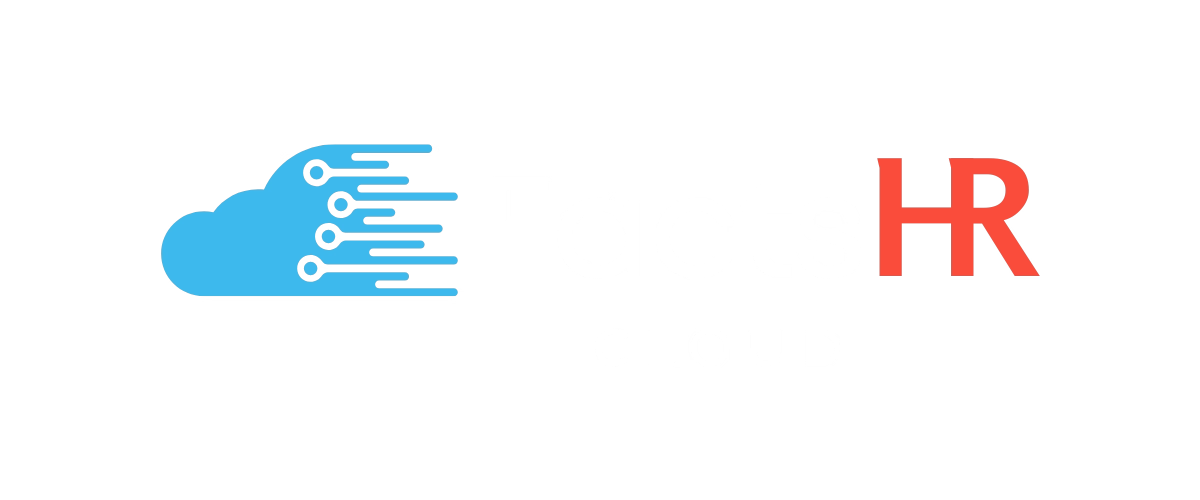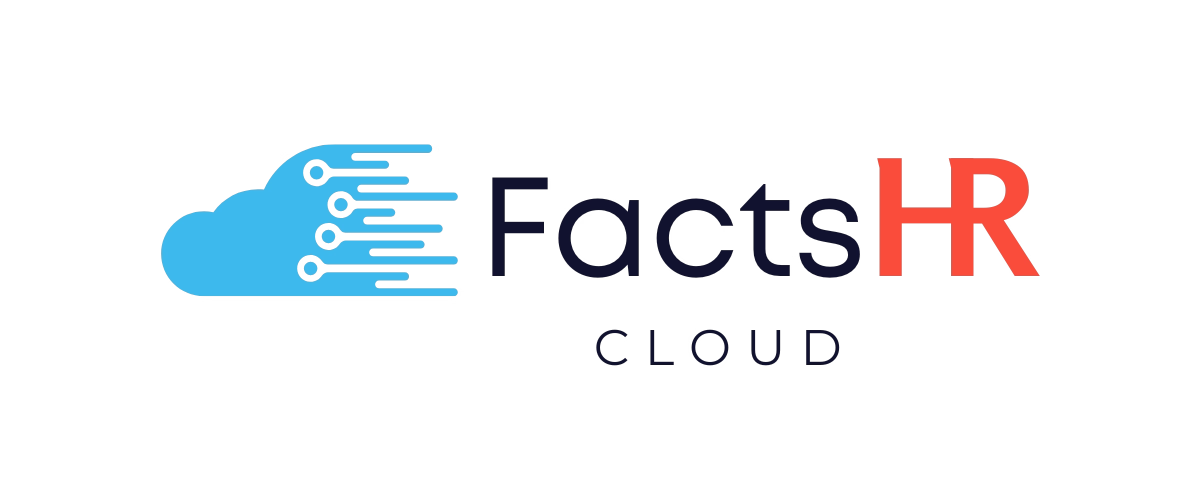Navigating the complexities of compliance and data security has become increasingly challenging for HR professionals, particularly in dynamic business hubs like Dubai. With stringent regulatory frameworks and escalating cybersecurity threats, companies are seeking reliable, streamlined solutions. Cloud-based HR software offers an effective answer, making compliance management and data protection simpler, more efficient, and highly secure.
Centralized Data Management
Cloud-based HR software consolidates employee data into one secure, accessible platform. This centralization simplifies compliance by ensuring that all employee records, contracts, payroll information, attendance, and performance data are consistently maintained and updated in real-time. With cloud solutions, HR departments can efficiently manage regulatory compliance requirements mandated by UAE labor laws and global data protection standards.
Automatic Regulatory Updates
Compliance requirements, especially in regions like Dubai, frequently change. Manually tracking and implementing these updates can be time-consuming and prone to errors. Cloud HR systems automatically integrate the latest legal and regulatory updates, ensuring companies remain compliant without the burden of manual intervention. These automated updates significantly reduce the risk of penalties, audits, or reputational damage stemming from non-compliance.
Enhanced Data Security
Cloud-based HR software offers robust data security measures to protect sensitive employee information. Utilizing advanced encryption, secure authentication protocols, and multi-factor authentication, these platforms safeguard employee data against cyber threats. Unlike traditional on-premise systems, cloud providers regularly update their security frameworks to combat emerging cybersecurity threats, offering businesses the reassurance that their data is continually protected.
Controlled Access and Permissions
Cloud HR systems empower organizations to set granular access controls and permissions, ensuring sensitive data is only accessible to authorized individuals. This significantly minimizes internal security risks by restricting data exposure. Audit trails and comprehensive logging capabilities further enhance accountability, allowing HR departments to closely monitor data access and detect any unauthorized activities promptly.
Simplified Reporting and Audits
Compliance often involves detailed record-keeping and regular reporting. Cloud-based HR software simplifies these tasks through advanced reporting tools and dashboards, enabling HR professionals to generate precise compliance reports swiftly. These tools facilitate effortless audits, providing clear documentation trails that demonstrate compliance with UAE labor laws and international standards like GDPR.
Disaster Recovery and Data Backup
Traditional HR systems risk significant data loss in the event of hardware failure, theft, or natural disasters. Cloud-based solutions mitigate these risks with automated, secure backups stored across multiple geographic locations. Businesses using cloud HR systems experience minimal downtime, ensuring continuous availability of crucial HR data, even during unforeseen disruptions.
Streamlined Data Privacy Compliance
In the context of global business operations, compliance with international data privacy standards such as GDPR is crucial. Cloud HR software supports compliance with international data privacy regulations by providing tools to manage employee consent, data requests, and privacy impact assessments effectively. These platforms streamline the complex processes involved in ensuring data privacy, allowing HR departments to focus on strategic tasks.
Cost Efficiency and Scalability
Cloud-based HR software offers cost advantages over traditional solutions by eliminating extensive hardware and software maintenance costs. Businesses benefit from predictable subscription-based pricing, significantly reducing upfront expenses and IT overheads. Additionally, cloud HR platforms scale effortlessly with business growth, ensuring compliance and security capabilities evolve alongside organizational needs without substantial financial investment.
Enhanced Employee Self-Service
Cloud HR systems empower employees with self-service portals, enabling them to securely access and manage their personal data anytime, anywhere. Employees can update their information, view payslips, manage leave requests, and access company policies, enhancing transparency and reducing administrative burden on HR staff. This self-service capability further promotes data accuracy and compliance by ensuring up-to-date employee records.
Real-Time Compliance Monitoring
With cloud HR systems, compliance becomes proactive rather than reactive. Real-time compliance monitoring alerts HR teams to potential issues immediately, allowing swift corrective actions. This continuous oversight helps businesses anticipate and address compliance risks before they escalate, safeguarding organizational reputation and maintaining regulatory confidence.
Conclusion
Cloud-based HR software represents a transformative shift in managing compliance and data security. By centralizing data, automating regulatory updates, implementing stringent security measures, and facilitating real-time monitoring, cloud solutions significantly simplify complex compliance processes. For businesses in Dubai and the broader UAE market, adopting cloud-based HR platforms is no longer just advantageous—it has become essential for sustainable, secure, and compliant operations in an increasingly digital world.








